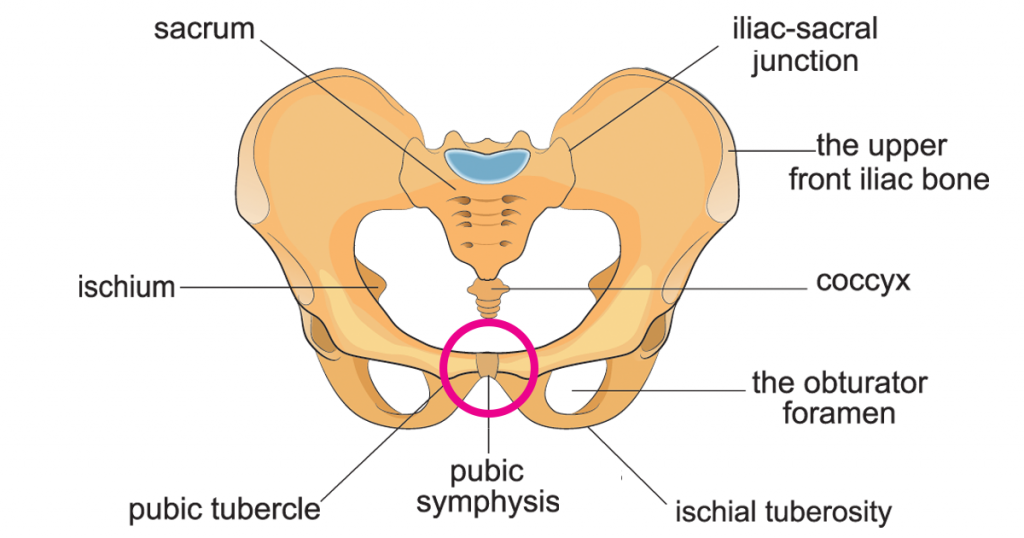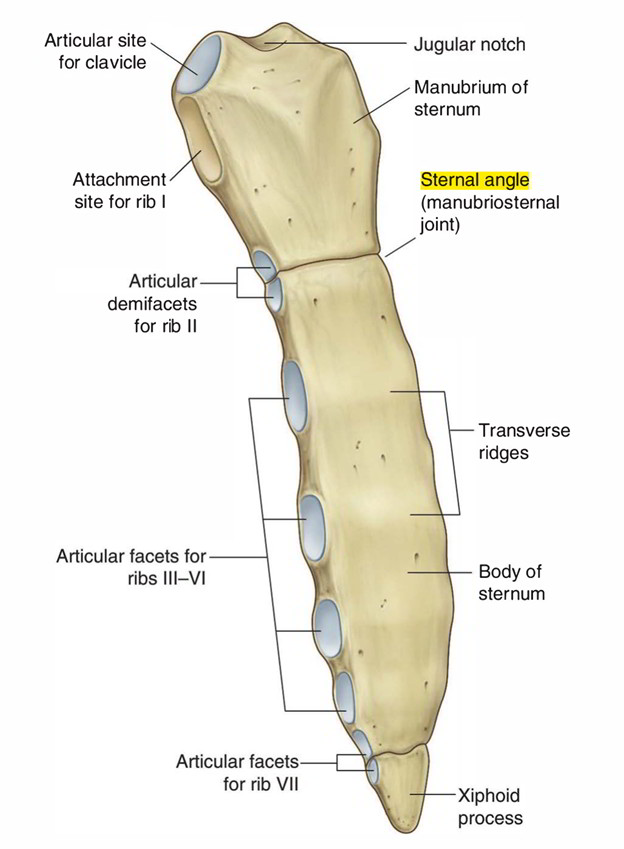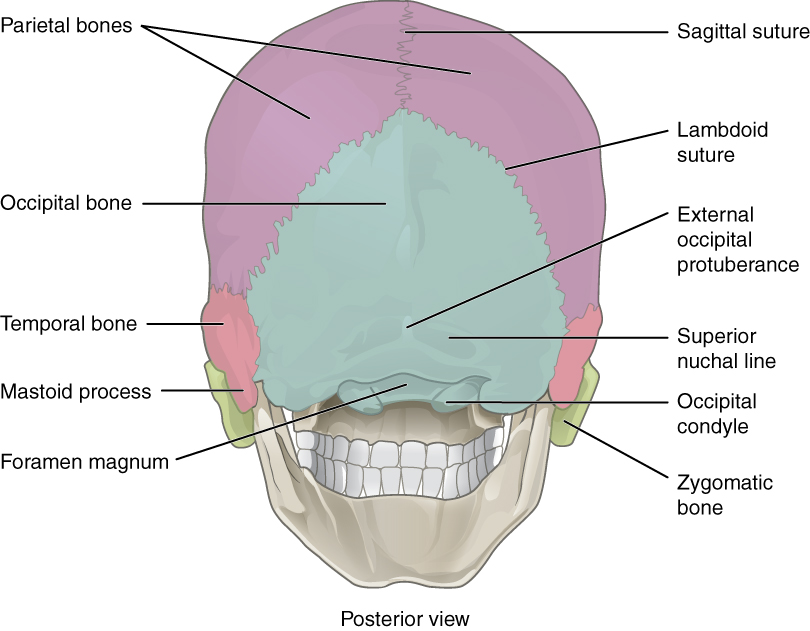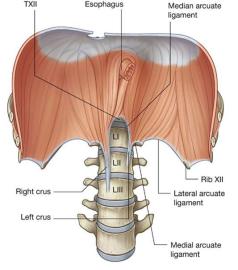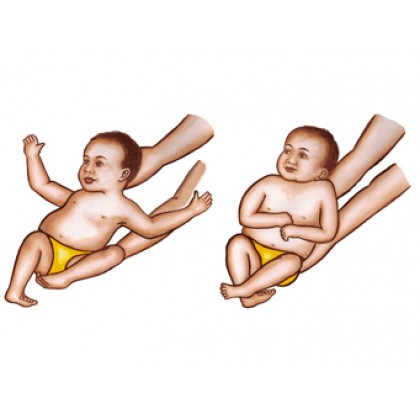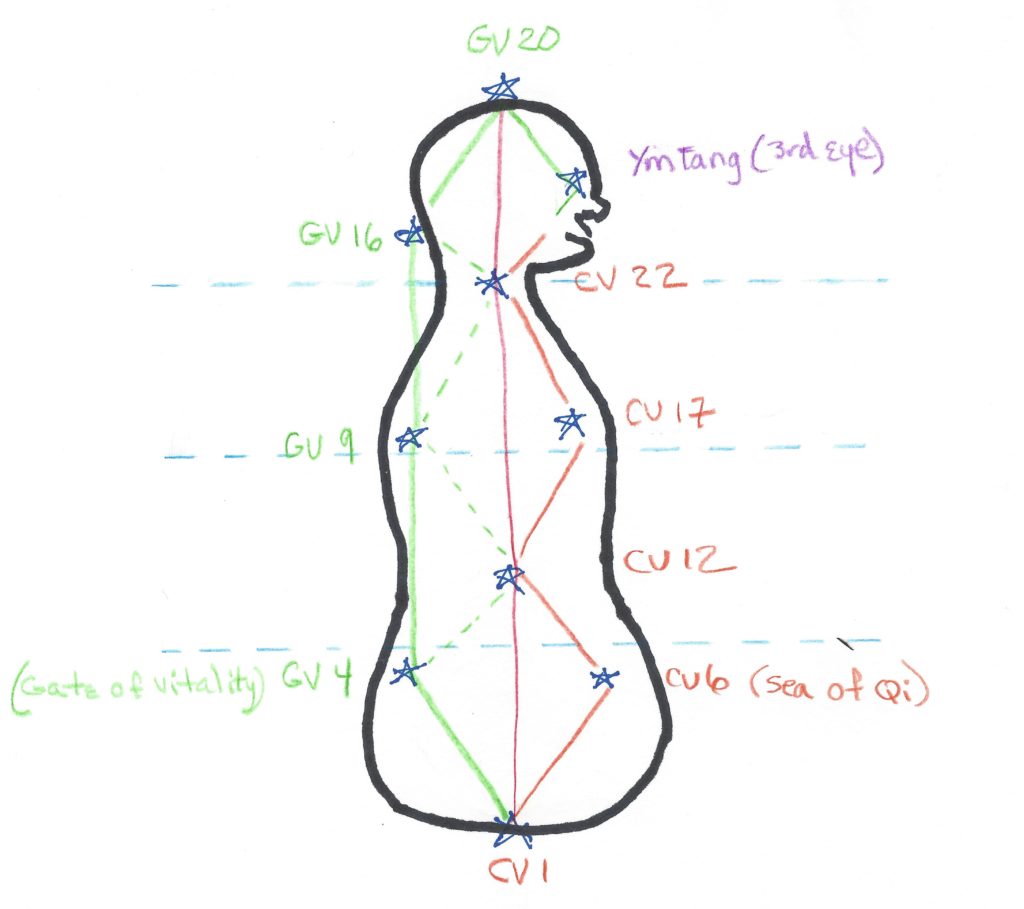Embodying Presence:
Winter Series Mid-Term Notes
Being: Living in Presence: Three Commitments (from Adyashanti)
Commitment to Stillness as the root of Presence
Commitment to resting in the breathing flow, as both portal and anchor
Commitment to compassion for our humanity and the challenges of the commitments
Becoming: Three Principles of Embodying
Finding and feeling the dynamic field of aliveness as vibration and tone
Discovering/feeling/exploring the Yin and Yang poles of tone as:
weight/lightness, condensing/expanding, flexion tone/extension tone etc.
Finding and resting in balanced tone as a portal to Stillness
Belonging: Living/practicing the four Brahma Viharas in all of our relationships in the world
Loving-kindness, Compassion, Sympathetic Joy, Equanimity
Discover and explore how these three link together in our daily lives. As a personal example, it is an act of loving kindness to myself to do my practice every morning. Part of that practice involves invoking compassion as a way of opening my heart. The breathing is essential in both Embodying and Presence practices. I feel my aliveness being more juicy in the presence of joy. My heart opens more when I can feel others distress and suffering.
Embodying Presence as
a vibrational field, embracing all, from atoms to cells, organs, tissues and the world around us
Becoming as awakening to, and exploring the feeling of, the living, breathing, bio-dynamic presence of the body’s energy field. We will call this organizing field as ‘primary tone‘ as it has a vibrational quality, as in music.
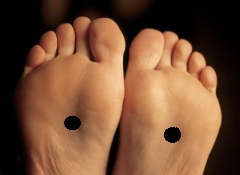
Explore primary tone beginning in the feet at K-1. Climbing the wall, walking, dancing, any way to engage your feet. In skiers tadasana, find the flexion/extension balance through feet, ankles, knees and hips, keeping the pelvis vertical, neither ‘tucking’ nor ‘untucking’, as the body bobs up and down. Let your tail hang freely, like a dog, bird or reptile. Feel the support of Mother Earth as yin/grounding/flexion/condensing, as well as the support of Father Sky as yang/ space / extension/ expansion. Here primary tone connects to the Cosmic support of gravity and boundary-less space.
Explore going in and out of the simple standing forward bend, uttanasana, maintaining the flexion/extension tone balance in the legs and notice how the spine responds. Feel the flexion / extension through the joints as an expanding / condensing throughout the whole body.
Connect K-1 to the pubic bones and then sternum, feeling a lift and support to the yin front body and organs, and repeat the above two explorations.
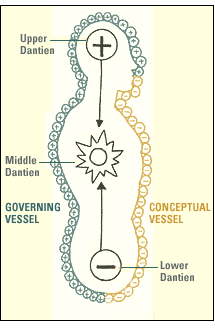
Explore primary tone as a living, dynamic three dimensional volume, surrounding the three dantien spaces, and linked with the Microcosmic Orbit. Dantien means ‘exlixir field’ and thus implies an energetic vibrancy. Our entry points to the volumes are the three bony cavities, the pelvis, ribs and skull.
In general the tone of the Yin/ front body/ gut body/ torso flexion/ condensing Conception Vessel tends to be to low and the tone of the yang/back body/spinal column/ torso extension/ expanding Governing Vessel, tends to be too high. This may be a pattern that begins in utero (premature birth doesn’t allow the compressive forces that build yin flexor tone) or just from a sedentary lifestyle. Our intention is to explore the state of balance between yin/yang and adjust accordingly.
Our starting points to awaken/strengthen yin front body tone are: The pubic symphysis for the lower dantien, the sternum for the middle, and the birthing crown* at the back of the skull near where the upper occipital bone meets the two parietal bones.
(* This is a term Bonnie Bainbridge Cohen uses. First to differentiate it from the crown chakra at the top of the skull, and also as the point of initiation of the birthing impulse of extension, when the baby begins to emerge from the deep torso flexion of the late womb state.
Ideally for labor, the baby is positioned head-down, facing your back, with the chin tucked to its chest and the back of the head ready to enter the pelvis. This is called cephalic presentation. Most babies settle into this position with the 32nd and 36th week of pregnancy. Other fetal positions for birth include different types of breech (feet down) and occiput posterior position (face up).)
Awakening primary tone through hands, feet and mouth.
While sitting, feel your hands gently and slowly opening and closing around a center point (Pericardium 8), like a bird about to clasp a branch. Feel you whole body responding. With your feet on the floor, feel them creating (yang) that same flexing/condensing and extending/expanding from the soles of the Feet (K-1), and feel the whole body joining in. You can have in dog pose with this, engaging all four limbs. Feel the body receiving the action (Yin) and then feel the hands and feet receiving the action (yin) from the action (yang) of the body (diaphragm, ribs, lungs, abdominal wall etc).
Now find you soft palate at the back of the mouth (you can use your tongue if necessary). Gently open and close your mouth in an expanding/condensing action similar to hands and feet. Relax you jaws and facial muscles to allow this some ease. Now imagine a gentle suckling action at the soft palate with the tongue, like in nursing. Feel you whole gut body responding, feeling the gentle movement. Relax and feel the primary tome throughout the entire body, from head to toes and skin to organs and bone marrow.
Now place your hands on the back of your skull, like in sirsasana (head balance), and as the mouth slowly opens , lift the back of the skull very gently opening the top front of the spine at Skull – C-1. Feel that as the mouth closes, the upper back of the neck releases as the skull bone oscillates back over C-1. By learning to feel the back of the skull as a source point of initiating extension/ expansion, as at birth igniting, many/most neck issues can be resolved.
Working with Trauma
Embedded in the primary tonal field of the body are pockets of resistance and holding. These come from psychological and emotional traumas, large and small, as well as injuries. Large traumas usually need the help and support of professionals in the world of psychotherapy, as when the trapped energy is triggered, it can often overwhelm the capacity to stay stable amidst the storm. A trained therapist with a grounded nervous system and stable primary tone can act as an anchor and stabilizer as we learn to navigate out own inner world. this is analogous to a parent helping to stabilize a young child when in a state of overwhelm/meltdown. This is why having a deep connection to Mother Earth and Father Sky is important for adults. We all need support for our challenges.
In working with smaller traumas, we can take support from the Stillness awakened in our meditation practice and the linking our our priamry tome to the Cosmic Fields of Mother Earth/Gravity and Father Sky/Spaciousness . the organism inherently moves toward healing and wholeness, but sometimes this process becomes stuck (dukkha). this is why continous practice is essential in the awakening process


